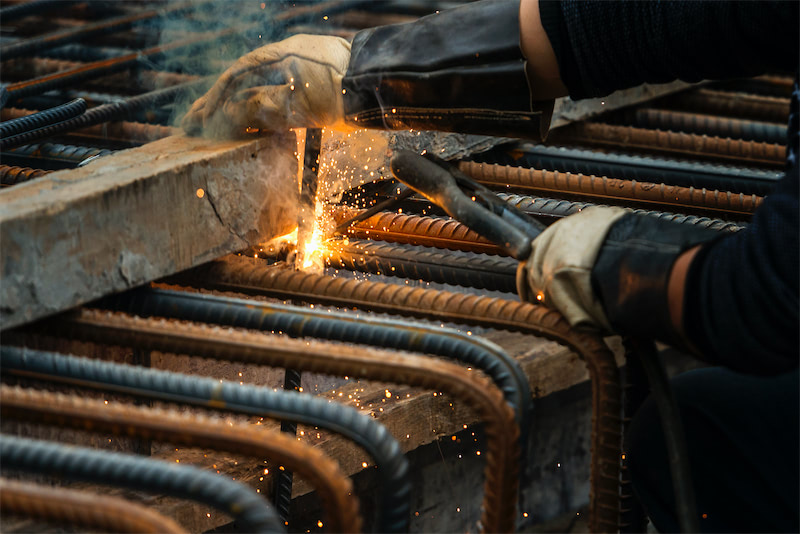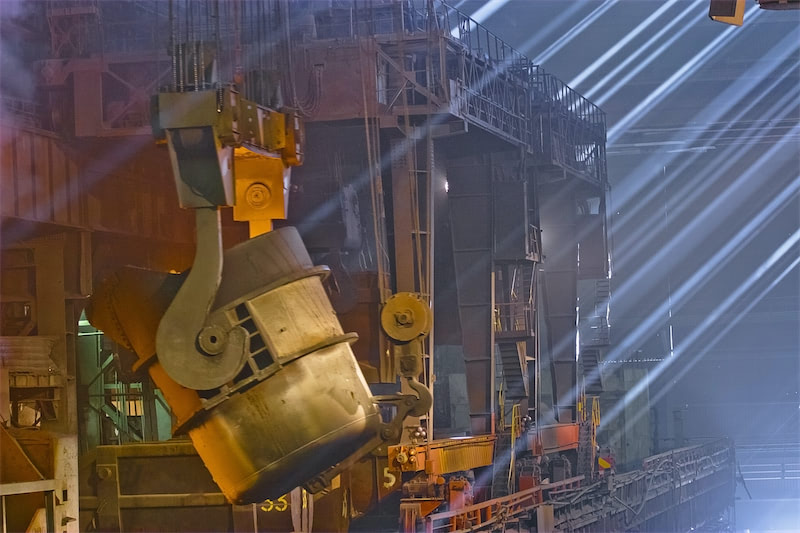






This week, the secondary copper rod market struggled to operate under the dual pressures of volatile copper prices and policy uncertainty. Copper prices experienced significant fluctuations during the week, falling by 900 yuan/mt as of Thursday. The price of bare bright copper in Guangdong pulled back to 77,200–77,400 yuan/mt, down 500 yuan/mt. The sharp volatility early in the week led most copper scrap traders and scrap utilization enterprises to adopt a wait-and-see approach, suspending procurement and sales activities until prices stabilized. The purchase sentiment index recorded 2.41, up 0.17 WoW, while the sales sentiment index stood at 2.35, flat WoW, reflecting that although market participants remained cautious, purchase willingness showed slight signs of recovery.
The price difference between primary metal and scrap currently fluctuates around 3,000 yuan/mt, widening significantly compared to September. This phenomenon stems from profound changes in the supply-demand structure: as a major hub for secondary copper rod production, most enterprises in Jiangxi have suspended operations while awaiting clear implementation of Notice 770, leading to a notable decline in demand for recycled copper raw materials. Although copper prices surged significantly around the National Day holiday, prices of recycled copper raw materials struggled to catch up, indicating relatively ample market supply. However, regional disparities are evident: import-oriented recycled copper raw material traders in Ningbo reported that Jiangxi enterprises are currently engaged in concentrated procurement of tax-included recycled copper raw materials, resulting in exceptionally robust demand, with most tax-included raw materials from Ningbo and Guangdong flowing to Jiangxi.
Regarding Notice 770, secondary copper rod enterprises generally believe that if Jiangxi fully implements the policy, it will lead to enterprises returning to their original production bases or relocating to areas with concentrated downstream demand. High copper prices have suppressed new orders for enterprises in other regions, making them less eager to procure raw materials; they plan to arrange stockpiling after copper prices stabilize.
Despite the complex environment, the operating rate for secondary copper rod this week recorded 18.29%, rebounding 6.36 percentage points WoW, but down 11.93 percentage points YoY. The average price difference between copper cathode rod and secondary copper rod widened to 1,791 yuan/mt, up 228 yuan/mt WoW; the average discount of secondary copper rod in Jiangxi against copper futures was 1,160 yuan/mt, up slightly by 3 yuan/mt WoW. However, the widening price spread did not fully translate into profits: the gross sales margin for secondary copper rod during the week was 835 yuan/mt, down 31 yuan/mt WoW, indicating that enterprises still face cost pressure. The rebound in operating rates is primarily attributed to the diversion of regional orders. As more regions in Jiangxi indicated the potential cancellation of incentive subsidy policies, local enterprises faced constraints in order intake, prompting downstream customers to shift their procurement to areas such as Hubei. This has led some enterprises in Hubei to increase furnace operations to fulfill order deliveries. Currently, there has been no official substantive notification regarding the policy adjustments, so enterprises continue to maintain normal production. Meanwhile, enterprises in Jiangxi are facing additional pressure: customs in Guangdong and Ningbo have strengthened inspections of imported recycled copper raw materials, extending the customs clearance cycle by 15-30 days, making the procurement of tax-included raw materials more challenging. Under the dual pressures of subsidy cancellations and procurement difficulties, local anode plate production is barely sustainable, but secondary copper rod operations have nearly halted.
Looking ahead to next week, if copper prices gradually stabilize and continue to pull back, it is expected to stimulate a recovery in downstream consumption. Once secondary copper rod enterprises resume normal procurement, it will drive demand for recycled copper raw materials, potentially leading to a rebound in prices, and the price difference between primary metal and scrap is anticipated to narrow. Market focus remains on whether end-use demand can sustain its pre-holiday strength after the long holiday and how the policy clarification process will reshape the industry landscape. In the short term, the secondary copper rod market will continue to seek dynamic balance amid the interplay between macro expectations and industrial realities.
For queries, please contact Lemon Zhao at lemonzhao@smm.cn
For more information on how to access our research reports, please email service.en@smm.cn

